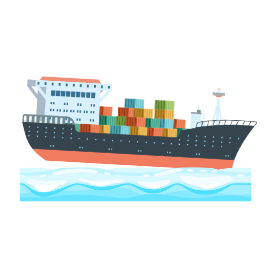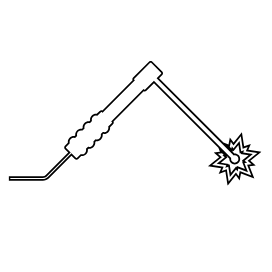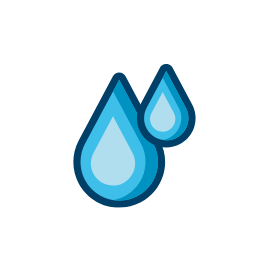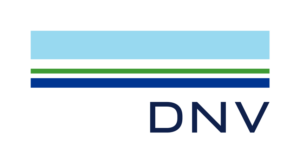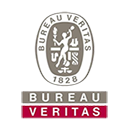Rudder Repairs
5 Oceans offers a range of underwater rudder repairs. Whether it is a general damage inspection, or cavitation related issue which needs to be solved, we have the capability to handle it. Many of these repairs can be carried out in-situ during cargo ops. Helping you to avoid costly, unexpected time in drydock.
We can provide:
- Rudder modifications
- Becker Rudder repairs
- Rudder flap isolation or removal
- Emptying flooded rudders.
- Solving cavitation problems
- Welding of rudder welds and slot welds
- Replacing or installation of cathodic protection
- Replacement of stainless steel cladding
- Underwater crack and damage repairs
- Rudder horn repairs
- Doublar plate installation
- Rudder corner repairs
- Rudder pintle repairs
- Complete rudder replacement
- Rudder allignment
These services are crucial for maintaining the operational integrity of vessels and minimizing operational downtime. 5 Oceans provides a fast service for underwater rudder repair needs, worldwide. Using custom fabricated cofferdams and hyperbaric habitats, defective rudders can be repaired underwater using dry welding procedures that qualify as permanent repairs by all top tier classification societies.




Trimmed Vessel Repairs
Our technicians can also provide trimmed vessel repairs whilst vessel remains afloat in port or anchorage. This cost effective solution is available around the world within a limited time frame. We can provide the following trimmed vessel rudder repairs (not limited to):
- Rudder modifications
- Becker Rudder repairs
- Rudder flap isolation or removal
- Welding of rudder welds and slot welds
- Replacing or installation of cathodic protection
- Replacement of stainless steel cladding
- Underwater crack and damage repairs
- Rudder horn repairs
- Doublar plate installation
- Rudder corner repairs
- Rudder pintle repairs
- Complete rudder replacement
- Rudder allignment
What types of rudders are there?
Selecting the right type of rudder for your ship is very important.
The maneuverability of the vessel highly correlates with the rudder profile, size, and model. Economics must be duly considered since a vessel’s steering system has a direct impact on fuel consumption.
Lastly, rudders are constantly exposed to extreme forces. Making sure it is the right kind ensures less cavitation, less stalling, and a longer life span.
Unbalanced Rudder
This type of rudder has its entire blade area behind the rudder stock or axis of rotation. The leading edge, which is directly facing the propeller, is connected to the stock. In an unbalanced rudder, the steering gear has to provide all the turning torque. The blade, on the other hand, is exposed to large bending moments.
Semi-Balanced Rudder
Semi-balanced rudder has less than 20% of its blade area forward of the rudder stock. The stock reduces the overall stress of the blade when water pressure is applied. Since a portion of it is forward of the turning axis, this part counterbalances the force of water on the after part. Modern ships commonly use semi-balanced rudder as part of their steering system.
Balanced Rudder
Also called a fully balanced rudder, this type has 20% to 40% of its blade area forward of the rudder stock. Water pressure pressure striking on the forward part of the turning axis compensates the water force acting on the after part of the blade.

